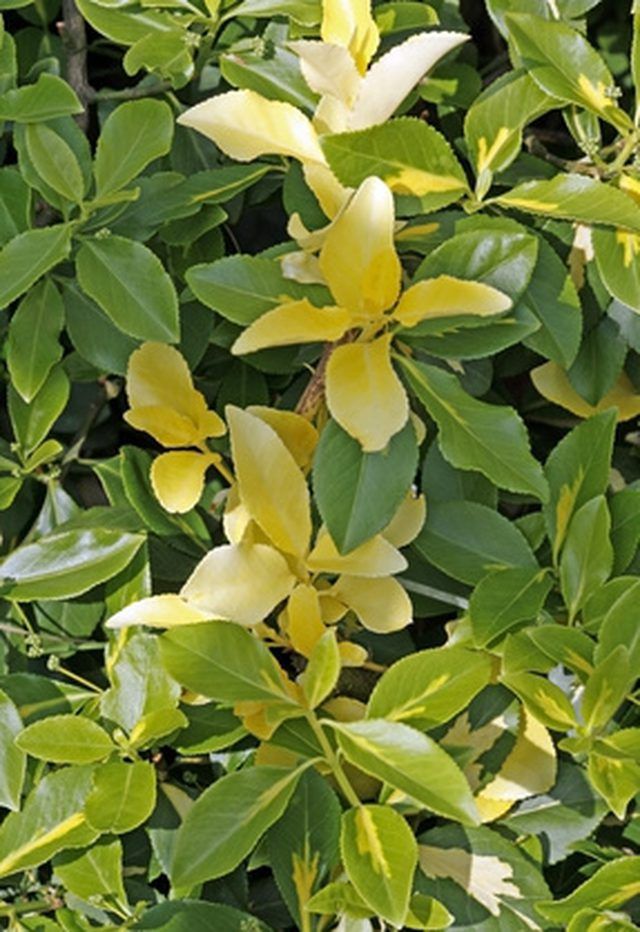Bulbs
Flower Basics
Flower Beds & Specialty Gardens
Flower Garden
Garden Furniture
Garden Gnomes
Garden Seeds
Garden Sheds
Garden Statues
Garden Tools & Supplies
Gardening Basics
Green & Organic
Groundcovers & Vines
Growing Annuals
Growing Basil
Growing Beans
Growing Berries
Growing Blueberries
Growing Cactus
Growing Corn
Growing Cotton
Growing Edibles
Growing Flowers
Growing Garlic
Growing Grapes
Growing Grass
Growing Herbs
Growing Jasmine
Growing Mint
Growing Mushrooms
Orchids
Growing Peanuts
Growing Perennials
Growing Plants
Growing Rosemary
Growing Roses
Growing Strawberries
Growing Sunflowers
Growing Thyme
Growing Tomatoes
Growing Tulips
Growing Vegetables
Herb Basics
Herb Garden
Indoor Growing
Landscaping Basics
Landscaping Patios
Landscaping Plants
Landscaping Shrubs
Landscaping Trees
Landscaping Walks & Pathways
Lawn Basics
Lawn Maintenance
Lawn Mowers
Lawn Ornaments
Lawn Planting
Lawn Tools
Outdoor Growing
Overall Landscape Planning
Pests, Weeds & Problems
Plant Basics
Rock Garden
Rose Garden
Shrubs
Soil
Specialty Gardens
Trees
Vegetable Garden
Yard Maintenance
Preparing a Burning Bush Plant for Winter
Preparing a Burning Bush Plant for Winter. Burning bush is a common name for the shrub Euonymus alata due to its brilliant pinkish-red foliage display in the autumn, creating the illusion of flame from a distance. Originating in Asia, it is hardy in USDA zones 4 to 8. The burning bush is a slow-growing shrub to 15 feet high and wide with great...

Burning bush is a common name for the shrub Euonymus alata due to its brilliant pinkish-red foliage display in the autumn, creating the illusion of flame from a distance. Originating in Asia, it is hardy in USDA zones 4 to 8. The burning bush is a slow-growing shrub to 15 feet high and wide with great vitality, living for years without attention. Variety Compacta has been bred to a mature size of 6 feet by 6 feet and Rudy Haag to a smaller size of 3 1/2 by 3 1/2 feet. With its fall fiery show, a range in sizes to choose from, and ease of care, there is a burning bush for every landscape. Preparing the burning bush for winter weather requires very little of the gardener.
Things You'll Need
Water source
Mulch
Broom
Wood stakes
Chicken wire
Water the Euonymus alata shrub thoroughly, deeply and regularly before any freezing weather occurs. No plant or shrub thrives with a dry root system when the soil around it freezes. A burning bush with dry roots at a time when the soil around its root ball freezes will suffer some winter kill of branches, while one that is well-watered will be protected.
Apply a 3- to 4-inch layer of organic mulch around the base of the burning bush after the deep watering is finished. This locks in the moisture and adds some protection of the ground from a hard freeze. The Euonymus alata prefers a slightly acid pH soil, so the mulch should accommodate this by being composed of pine needles, sawdust, or ground wood bark rather than manures.
Brush off heavy snowfall gently with a broom if it occurs. The burning bush can suffer seriously from the weight of heavy snow upon its branches. This is a less critical task in the shorter variety, Rudy Haag, as it mounds close to the soil, but tall varieties risk branch loss.
Protect the burning bush from browsing deer if it is located in an area they frequent. Deer love this shrub and their constant nibbling can keep the intended mature height of 15 feet reduced to a bush that never gets larger than 2 feet. Pound tall wooden stakes into the soil around the perimeter of the shrub. Attach wire, such as chicken wire, to the stakes with metal twist ties to keep the deer from winter browsing. Unfortunately, the deer like this shrub year-round, so the barrier may have to remain until the burning bush plant grows above their reach.
Tips & Warnings
The burning bush takes very well to shearing into a hedge form. Variety Compacta is often engaged in the landscape as an unclipped hedge, offering less work for the gardener.
In some parts of North America, the Euonymus alata is considered an invasive plant. This is primarily in New England and the East Coast. Check with the local agricultural extension service to confirm that it is not an invasive species in your area.